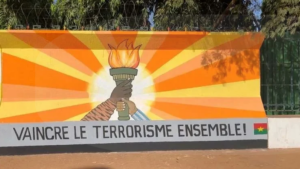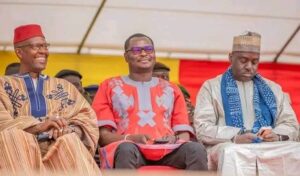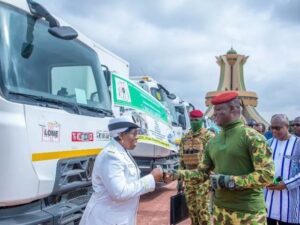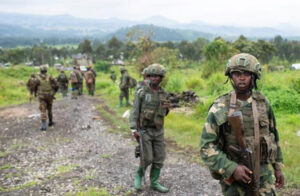DRC: Why is the world turning a blind eye to Kigali’s atrocities?
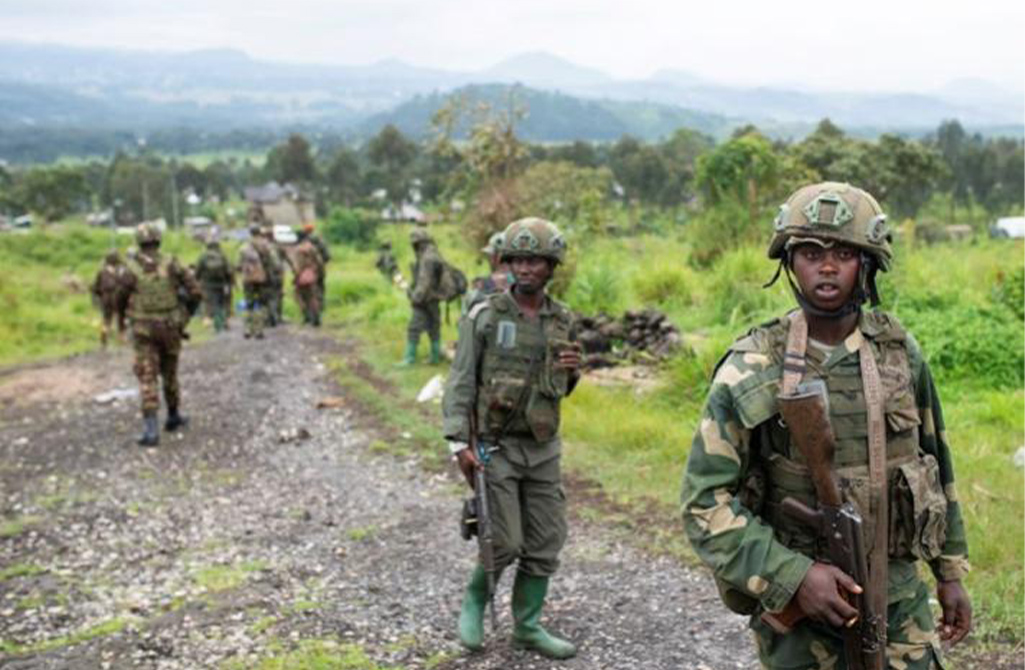
For three decades, eastern Democratic Republic of Congo (DRC) has been plagued by deadly conflicts driven by economic stakes, territorial claims, and foreign interference. Millions of civilians have been forced into exile, fleeing seemingly endless violence. The return of the M23 rebel group in 2021, and more recently its entry into Goma on January 26, 2024, with the support of Rwanda, marks a new escalation in this crisis. Despite compelling evidence of Kigali’s involvement, the international community has been slow to take significant action.
The M23’s advance cannot be understood without examining Rwanda’s decisive role. After perceiving its interests to be threatened in eastern Congo, Kigali intensified its support for the rebels, providing them with sophisticated military equipment and logistical backing. A recent United Nations report estimates that 3,000 to 4,000 Rwandan soldiers are operating directly in the DRC alongside the M23. This assistance has allowed the rebels to gain a military superiority over the Congolese Armed Forces (FARDC) and the UN Stabilization Mission in the DRC (Monusco). Since the resumption of hostilities, more than two million Congolese have been displaced, victims of the M23’s atrocities.
Rwanda sees eastern Congo both as a threat and an opportunity. On the one hand, Kigali justifies its interference by the need to secure its borders against the presence of hostile Congolese armed groups. On the other hand, the illegal exploitation of Congolese natural resources represents a major economic issue. Since 2016, gold has become Rwanda’s main export product, even though the country has virtually no gold deposits. Coltan, essential to the tech industry, follows the same route. The UN report mentions the shipment of 120 tons of coltan per month from Congo to Rwanda under M23 control.
In light of these elements, the international response has been limited. Indeed, the European Union and the United States condemned the actions of the M23 and Rwanda’s presence in the DRC. In 2023, a few sanctions were imposed on a Rwandan military officer, but they remain largely symbolic. Unlike the 2012-2013 crisis, when several countries suspended development aid to Rwanda, no strong economic measures have been adopted this time.
Could the partial takeover of Goma by the M23 mark a turning point? Until now, the rebel group had avoided too visible an occupation to prevent triggering a firmer international response. However, recent revelations indicate that Rwandan troops crossed the border to directly support the offensive on Goma. This escalation puts the international community in front of its contradictions: will it continue to look the other way, or will it finally take concrete measures to curb the expansion of the M23 and Rwanda’s interference in the DRC?

